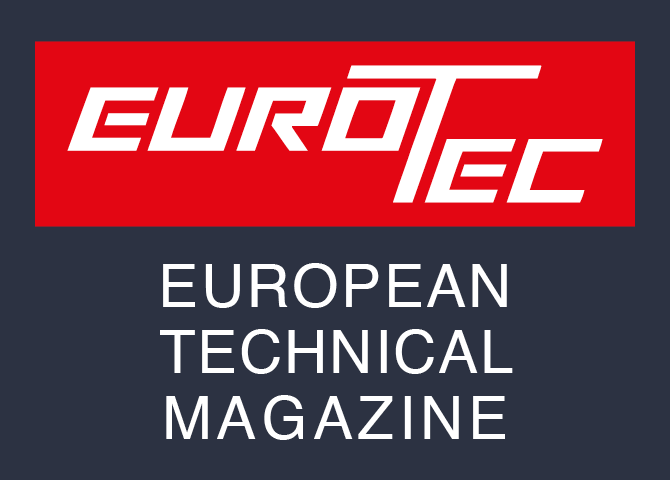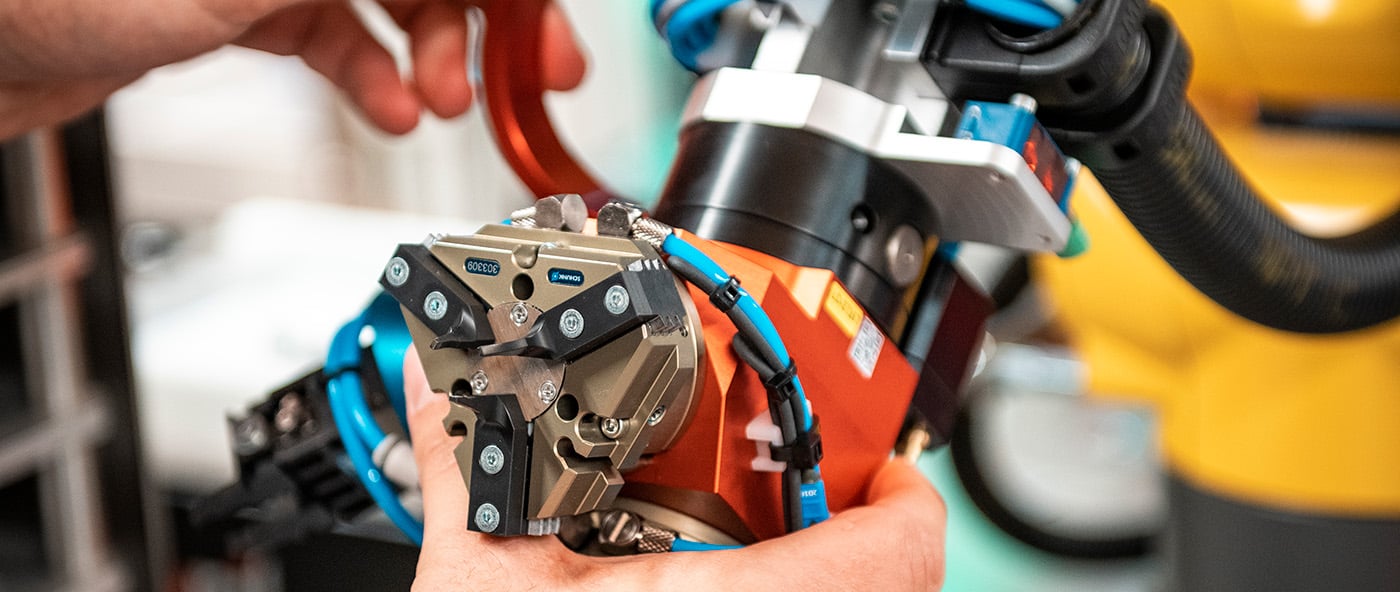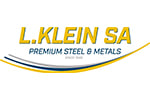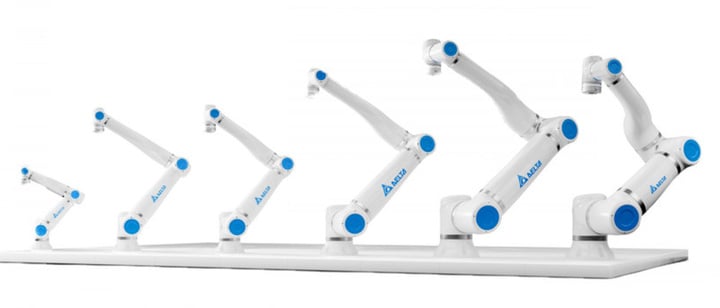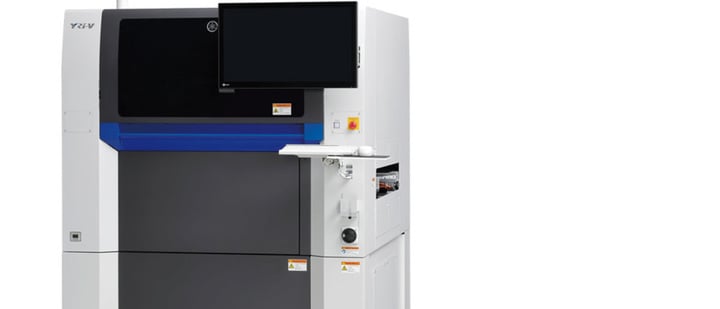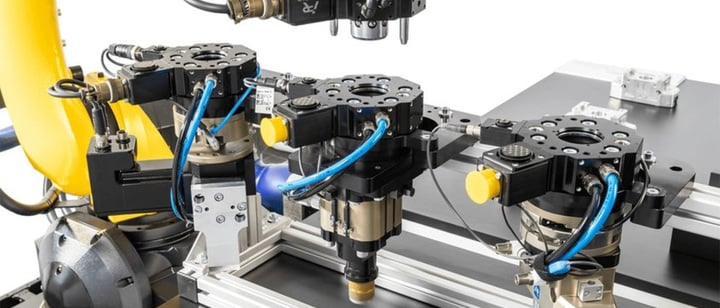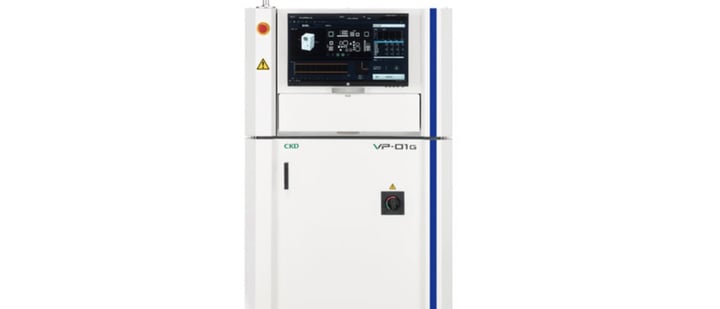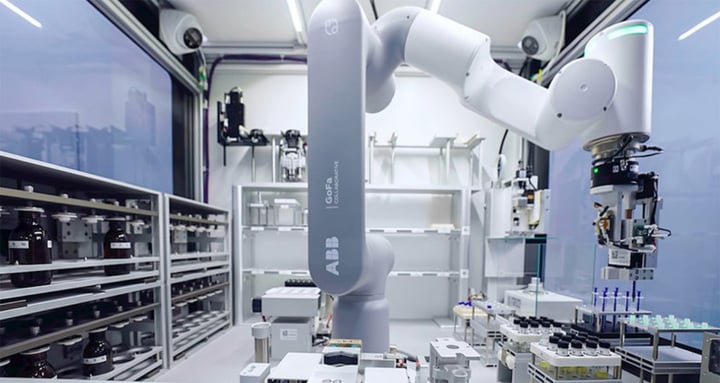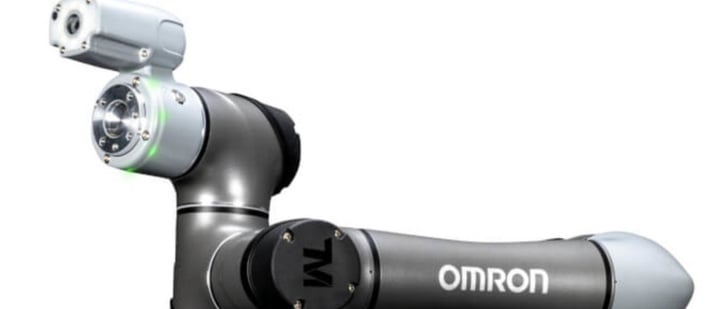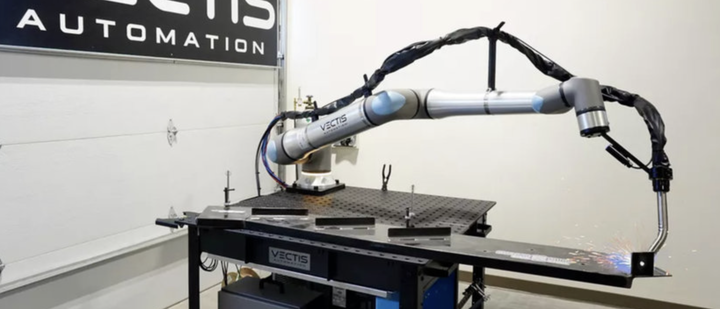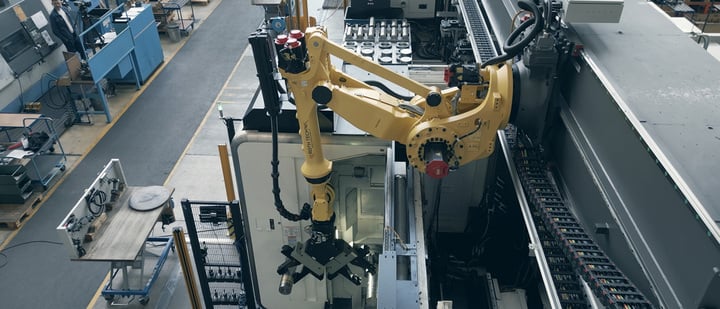But that’s not all: thanks to advanced technology and the integration of microproduction and vision systems, industrial robots are now capable of handling even more complex tasks.
In the field of microproduction, for example, industrial robots can manufacture even the smallest parts and components. Here, high precision and repeatability are required to produce defect-free products. By using vision systems that enable automatic control of manufacturing processes, errors can be detected and corrected even before they lead to errors in production.
Vision systems also play an important role in product quality control. Camera systems can accurately scan the surfaces of components and detect the smallest defects or deviations. In real time, the data can be relayed to industrial robots to adjust production accordingly.
Thanks to advanced technology, industrial robots can now achieve not only higher productivity and efficiency, but also greater precision and quality. The integration of microproduction and vision systems enables even better control and monitoring of manufacturing processes. This leads to higher customer satisfaction and improved product quality.
Reto Brumann from Robotec Solutions AG in Seon, Switzerland, explains in an interview why the interaction of robotics and vision systems is relevant for efficient plants.
Robotec Solutions AG in Seon has developed an automatic assembly machine that inserts contact pins into insulators with an accuracy of 0.05 millimeters without damaging them. This automatic machine can press different pin diameters into the insulator and is thus able to assemble more demanding connector variants. The interview with Reto Brumann, Head of Engineering Control at Robotec Solutions, explains the challenges involved in ensuring a low reject rate. The assembly automation system has several feeders for unpopulated insulators and contact pins. A six-axis articulated-arm robot picks an insulator, guided by a camera, and places it in a fixture mounted on a linear table, while a second camera monitors its positioning. A second six-axis jointed-arm robot also picks up a contact, guided by a camera, and checks whether the contact pin corresponds to the correct dimensions. A third camera measures its orientation, as the angle is crucial for correct assembly in the insulator. A SCARA robot inserts the contact into the insulator precisely and without play. The robots position with a repeat accuracy of just under two hundredths of a millimeter. The cadence from pin to pin is seven seconds, although precision would no longer be possible at a higher cycle speed. Each position that one of the robots can move to is stored in a coordinate system whose zero point is defined across all robots and axes.
Robotec Solutions is a company specializing in the development of robotics and automation solutions, headquartered in Seon, Switzerland. The company provides customized solutions for a wide range of industries, from automotive to food production.
Overall, Robotec Solutions is a company that plays an important role in the development of the robotics and automation industry, and its innovative solutions are expected to help change the way we work in the future.
